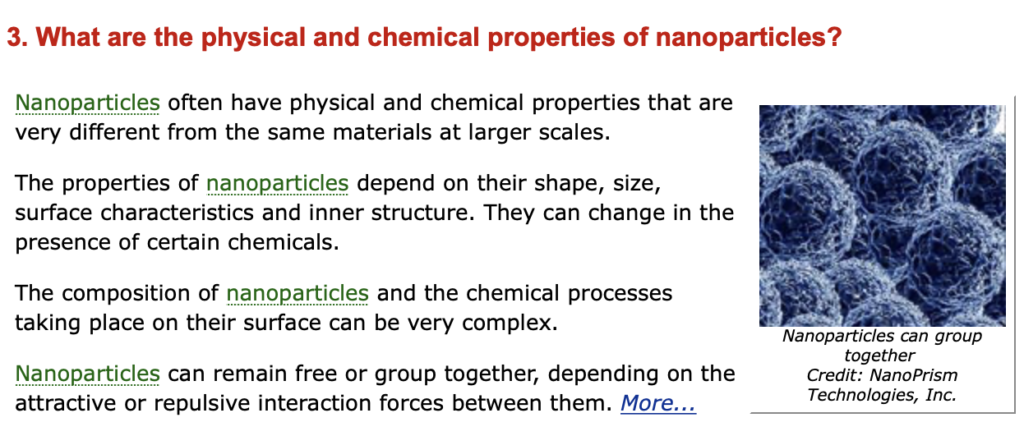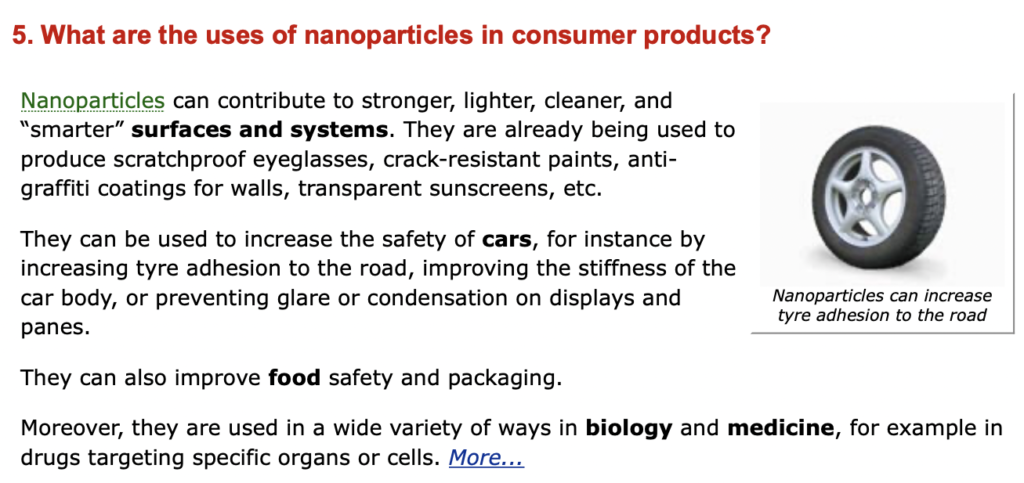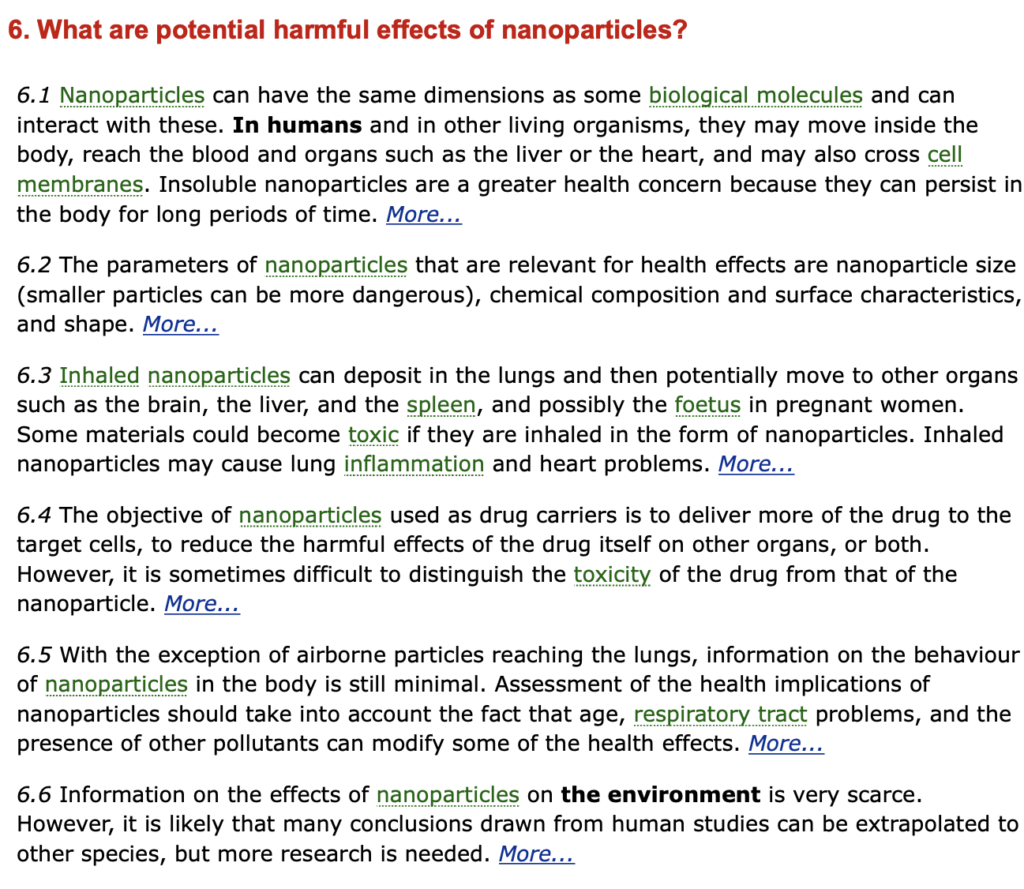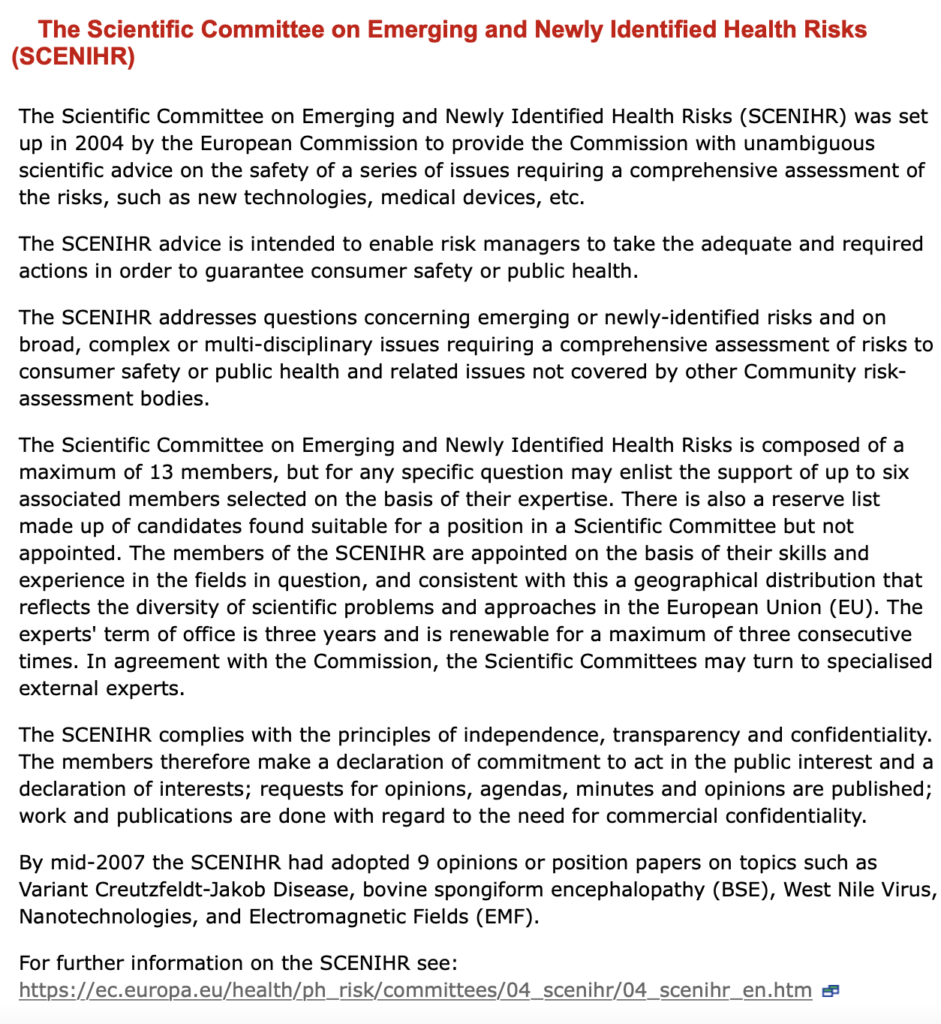Richard Feynman: An Influential popular theoretical scientist of the 20th century.

The father of nanotechnology is considered to be American physicist Richard Feynman. He introduced the concept in 1959, during his talk, “There’s Plenty of Room at the Bottom”. He didn’t use the term ‘nanotechnology’ per se, but he did describe a process where scientists could manipulate and control atoms and molecules.

A pair of influential and powerful scientists of nature often define twentieth-century physics. That is, theories such as the theory of general relativity and Quantum Mechanics were brought to the world in 1915 and 1925, but between these years in 1918 came another great scientist who was able to define twentieth-century physics single-handedly. Whose name is Richard Feynman?
Richard Feynman was an American Theoretical Physicist widely regarded as the most brilliant and influential figure in physics in the post-World War II era. Richard Feynman remade Quantum electrodynamics (Quantum electrodynamics is called the interaction between light and matter).
Apart from this, Feynman is known for his work in path integral formulation, quantum mechanics, physics of supercooled liquid helium, and physics of particle physics. Feynman was awarded the Nobel Prize in Physics in 1965, jointly with Julian Schwinger and Shinichiro Tomonaga, for their contribution to the development of quantum electrodynamics.
What is nanotechnology?

Nanotechnology is the manipulation of matter on a near-atomic scale to produce new structures, materials and devices. The technology promises scientific advancement in many sectors such as medicine, consumer products, energy, materials, and manufacturing. Nanotechnology refers to engineered structures, devices, and systems. Nanomaterials have a length scale between 1 and 100 nanometers. At this size, materials begin to exhibit unique properties that affect physical, chemical, and biological behavior. Researching, developing, and utilizing these properties is at the heart of new technology.

What are the risks to workers?
Workers within nanotechnology-related industries may be exposed to uniquely engineered materials. This includes materials with new sizes, shapes, and physical and chemical properties. Occupational health risks associated with manufacturing and using nanomaterials are not yet clearly understood. More research is needed to understand the impact of nanotechnology on health, and to determine appropriate exposure monitoring and control strategies. At this time, the limited evidence available suggests caution when potential exposures to free–unbound nanoparticles may occur.
What is Known?
Studies have indicated that low solubility nanoparticles are more toxic than larger particles on a mass for mass basis. Particle surface area and surface chemistry are strong indicators for observed responses in cell cultures and animals. Studies suggests that some nanoparticles can move from the respiratory system to other organs. Research is continuing to understand how these unique properties may lead to specific health effects.
Risks of Nanotechnology to Human Life
The Risks Associated With Nanotechnology (Nanotoxicity)
Today, due to the large number of applications of nanomaterials in all aspects of life, and their increasing introduction into biosystems, such as soil, water, and air, it seems reasonable to anticipate associated problems and threats to human life in the future. The production of nanoparticles happens in many ways including synthetic, seminatural, and natural processes, such as volcanic eruptions or forest fires. The manner by which nanoparticles are produced affects their size,
Types of Risks Associated With Nanotechnology
The toxicity of nanomaterials and the level to which they come in contact with the human body and surrounding biosystem depends on their nature, particle size, shape, surface charge, and physicochemical characteristics . Nanoparticles can show greater toxicity than their equivalently composed bulk materials as they are smaller, have larger surface areas, and insolubility characteristics that mean they penetrate the biosystem more rapidly as well as often having long-term stability.
The NIOSH Effort: The Nanotechnology Research Center
NIOSH, through its Nanotechnology Research Center (NTRC) [a], conducts research and provides guidance on the occupational safety and health implications and applications of advanced materials and nanotechnology. The Center is supported by a diverse group of scientists from across NIOSH.
[a] https://www.cdc.gov/niosh/programs/nano/default.htmlThe NTRC focuses on:
- Increasing the understanding of hazards and health risks to nanomaterial workers.
- Preventing occupational exposures to advanced materials such as nanomaterials through a better understanding of control and protective technologies.
NTRC activities include:
- Creating and implementing a strategic plan [b] for investigating critical issues.
- Coordinating the NIOSH research effort.
- Developing research partnerships.
- Disseminating information and guidance.









Additional Information:

SCENIHR lists applications of nanotechnology in medicine and graphene among emerging risk issues
The European Commission Scientific Committee on Emerging and Newly Identified Health Risks (SCENIHR) addressed a statement about emerging health or environmental risks to the European Commission (EC). The members of the SCENIHR demand for a consistent report of the issues according to certain criteria.
The aim of this position paper is to draw the attention of the EC to potential future risks. Besides further materials or procedures, such as 3D-printers or E-cigarettes, the use of nanomaterials in medicine and graphene nanomaterials are considered as emerging risks. In medicine, nanoparticles are used to selectively transport drugs within the human body. Such particles may accumulate in organs, leading to health issues, according to SCENIHR. Various exposure pathways as well as effects of different combinations of drugs and nanoparticles should therefore be investigated. The impacts of graphene emissions from electronic devices are largely unknown. Because of the high stability of graphene, environmental or health issues might result. Both of these emerging risks are considered as urgent.
Bill Gates Partners DARPA For New DNA Nanotech COVID-19 Vaccine

Pushed test-tube meat and global surveillance from space
In the latest powerful interview, The Last American Vagabond, Spiro joined with Whitney Webb and Ryan Cristián, as they discuss the rollout of a new system of control the likes of which the world has never seen.
It has been said to never let a good crisis go to waste. However, it appears the ones pulling the strings are benefitting from the current crisis as more and more evidence emerges contradicting the official story that suggests this crisis is no accident.
There is a spreading fire about the fact that Bill Gates has teamed up with the Department of Defense and DARPA, which is the special project research and development arm of the Pentagon. The team-up was a call to develop a brand new type of vaccine which is being rushed into production, an alarm for med-industry benefits.
Especially considering this new kind of DNA / RNA vaccine would normally take 15-20 years to roll out, while this one is being rolled out in a matter of months and is already undergoing human clinical trials. The urgency and rolled back regulations to streamline this new vaccine is, of course, justified by the crisis.
Mandatory vaccinations and Space Surveillance
By now it is no secret the World Health Organization and the United Nations are among the many organizations funded by the Bill and Melinda Gates Foundation.
It’s already been documented about Gates’ global vaccination programs and their connections to the UN’s Sustainable Development Goals under the 2030 Agenda.
In this report, researchers document how Bill Gates is not only working to fulfill the UN’s global vaccine program but how Gates is also working to take control of the food supply chain globally, a long-desired achievement of the UN.
Also, find out about the mandatory vaccination policy being kept under wraps in addition to another Gates-funded venture to blanket the earth with real-time surveillance from space.
Source: ScienceDirect, Goodfellow, European Health, Wikipedia, CDC, Gatesfoundation-Image, Linkedin -Image, The Scientific World Info -Image, SCENIHR (2014). Position Statement on emerging and newly identified health risks be drawn to the attention of the European Commission.
Also Read:
